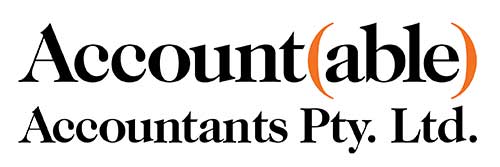Personal Budget Planner

We would all like to be able to save some more money, whether were saving for a holiday, new home or your child’s education. The secret to this is to have a budget in place and know exactly where your money is going.
By using the Budget Planner below you will be able to see exactly where your money goes and how much you could potentially save. Our Financial Planners can help you improve on this and advise you on how to make the most out of your money to reach your goals.
Click on this link to get started: Budget Planner
The key to establishing a structured budget is to relate your total annual expenditure to a pay period and immediately set aside a portion of each pay for the purpose of paying bills and meeting your debt repayment and savings goals. For
example, if your total annual bills amount to $12,000 and you are paid monthly, you could set aside $1,000 per pay for the sole purpose of paying these bills and you would always have sufficient funds available to pay bills as they arise.
The remaining portion of each pay, after allowing for an amount for bills, debt repayment and personal savings, may be directed into your working account for discretionary spending
purposes. This concept is demonstrated in the following diagram:

It is important to review your budget regularly for the following:
- Your net income (your after-tax income from all sources).
- Your commitments/bills (ongoing expenses such as phone bills, rates, registration, loan payments, groceries and all other expenses identified in your budget).
- Your regular savings (funds which must be set aside on a regular basis to meet goals such as holidays, additional loan repayments or saving a portion of your income).
- As your income and expenses change, regularly review your budget to ensure that you are effectively using your income and reducing expenses where possible.
Bank account restructure
Even with the best of intentions, it can often be difficult to stick to a budget.
Many people have several accounts at banks and credit unions but find it difficult to use these accounts effectively. Most end up using the account that their pay goes into for everything, paying bills, drawing living expenses and meeting fixed commitments. This makes it very difficult to stick to a budget as you can’t really track what has been spent and if in fact you are overspending in some areas.
Give consideration to restructuring your existing accounts to include (at least) the following three types of bank account:
- A ‘Hub’ account (to use as the core of your budgeting strategy and to receive all income).
- A ‘Working’ account (an easily accessible account used for discretionary spending).
- A ‘Savings’ account (to receive regular savings and paying a suitable rate of return).
Most importantly of all, you will be rewarded for introducing a disciplined budget by eventually achieving your savings goals, reducing stress relating to bill payment and gain peace of mind in the knowledge that you are using your income as effectively as possible.
